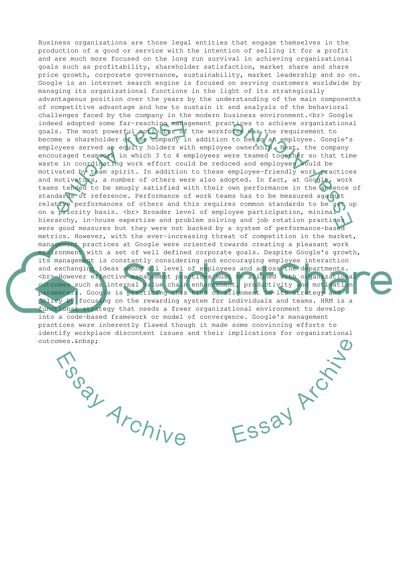Cite this document
(Management and Organizational Behavior: Ways of Increasing the Quality Coursework, n.d.)
Management and Organizational Behavior: Ways of Increasing the Quality Coursework. Retrieved from https://studentshare.org/management/1512289-coursework-of-management-org-behaviour
Management and Organizational Behavior: Ways of Increasing the Quality Coursework. Retrieved from https://studentshare.org/management/1512289-coursework-of-management-org-behaviour
(Management and Organizational Behavior: Ways of Increasing the Quality Coursework)
Management and Organizational Behavior: Ways of Increasing the Quality Coursework. https://studentshare.org/management/1512289-coursework-of-management-org-behaviour.
Management and Organizational Behavior: Ways of Increasing the Quality Coursework. https://studentshare.org/management/1512289-coursework-of-management-org-behaviour.
“Management and Organizational Behavior: Ways of Increasing the Quality Coursework”, n.d. https://studentshare.org/management/1512289-coursework-of-management-org-behaviour.


